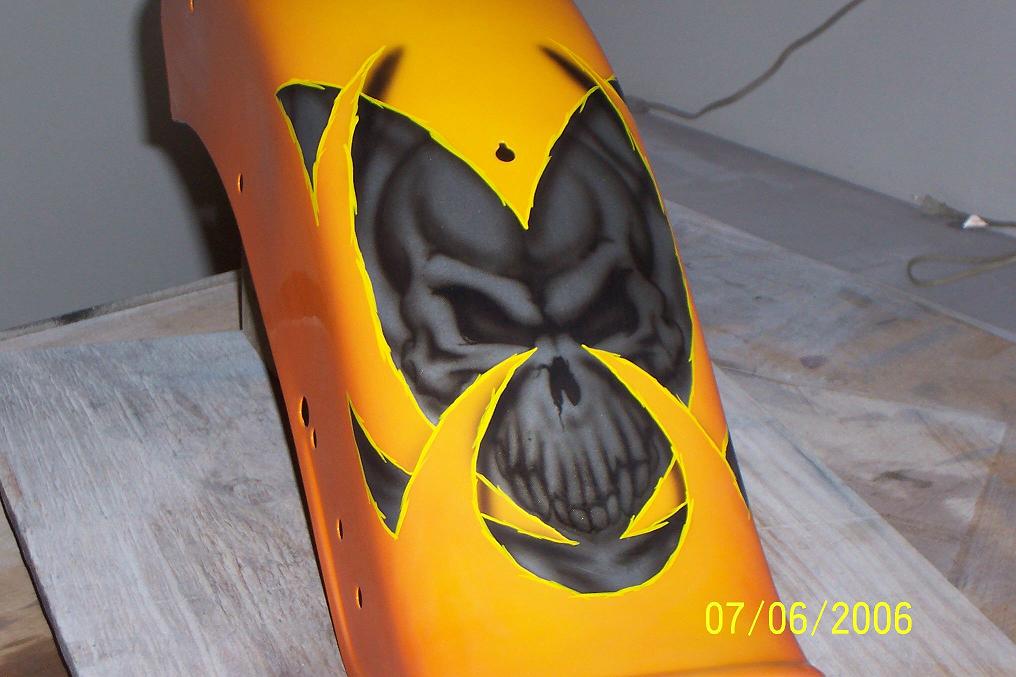
 |
|
||||||||||||
|
|
|||||||||||||
|
|
|||||||||||||
|
|
|||||||||||||
|
Application methods for paints and varnishes For application of paints, varnishes and other paintwork materials several different methods are developed: jetting, atomization in the electric field, pneumatic spraying, electrodeposition, pouring, aerosol spraying, in drums, spraying under high pressure, application with rollers, spatulas, brushes, etc. Method of application of paintwork material is chosen with consideration of type of part, its size, purpose, requirements for final coating, economical feasibility, production conditions, etc. Pneumatic spraying Pneumatic spraying is the most common way to apply paints and varnishes. Pneumatic spraying can be carried out with or without heating of paint material (used more often). Pneumatic spraying with paint material heating Heating allows to atomize paintwork material with higher viscosity without using solvents (additional paint dilution), because heating decreases surface tension and viscosity of paintwork material. The optimal initial viscosity is often recommended for certain paints. How much the viscosity is reduced depends to a large extent on the film-forming component of the paint system. The coating obtained this way is of higher quality. This is caused by the fact that under heating the paint increases its fluidity, the gloss increases and the surface does not "whiten" from moisture condensation. Pneumatic spraying with heating of paintwork material has some advantages over spraying without heating: - due to the smaller number of applied layers productivity increases; - The heating consumes less solvents (for pentaphthalic, oil, glyphthalic, melamine-, urea-alkyd materials about 40%, and for nitrocellulose materials - up to 30%); - it is possible to apply materials with high content of dry matter and increased viscosity; - Due to fast application and lower content of solvents in paintwork materials, fogging losses are reduced; - heating increases hiding power of the paintwork material and increases the thickness of the applied protective layer, due to which the number of applied layers decreases. Not all paintwork materials can be applied by heated pneumatic spraying. Only those are suitable whose structure does not change when heated, and the coating is formed with high protective properties. Nitroglyphthalic, nitrocellulose, bitumen, glyphthalic enamels and varnishes, urea, melamine alkyd, perchlorvinyl, nitroepoxide enamels of KhV-113 grade are widely used. Paint and lacquer coatings applied by pneumatic spraying with preheating are not inferior in mechanical and physical properties and corrosion resistance to layers of the same materials diluted to the necessary viscosity by solvent and sprayed without heating (at the same thickness). In mechanical engineering heated paintwork materials are most often applied using unit UGO-5M (hot painting unit). This unit is explosion-proof. |
|
|
|
|
|
|
|
| Site Map |